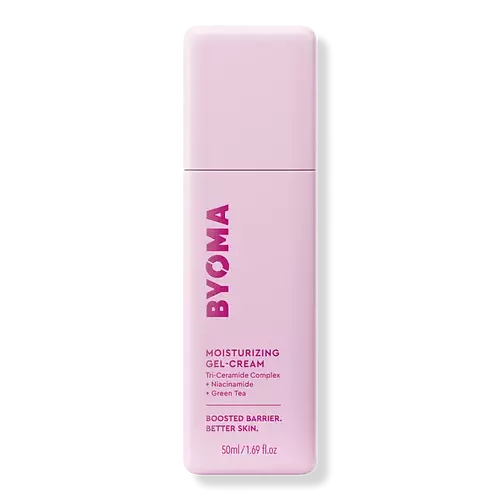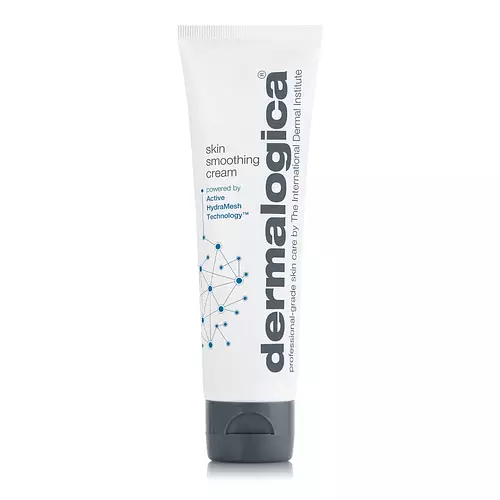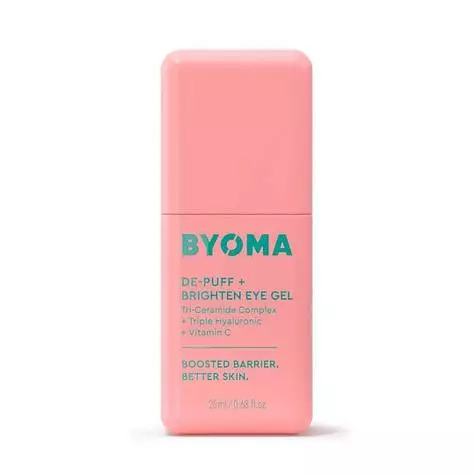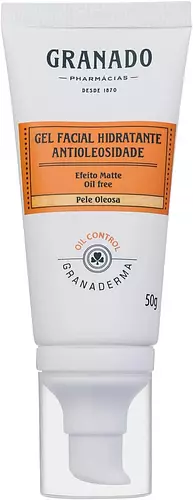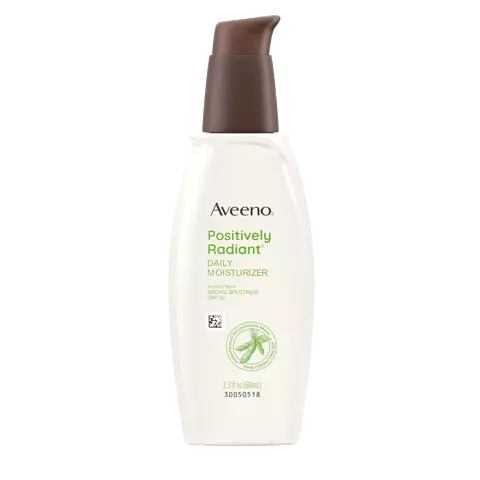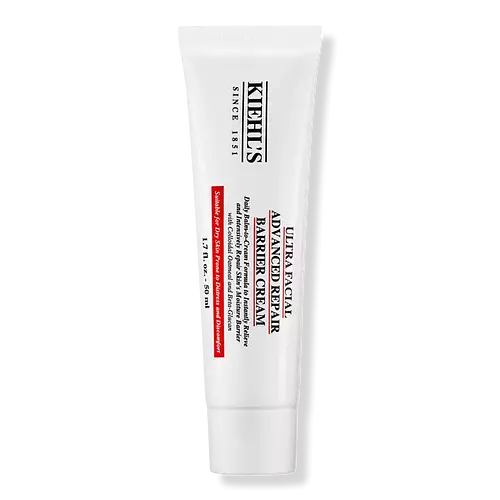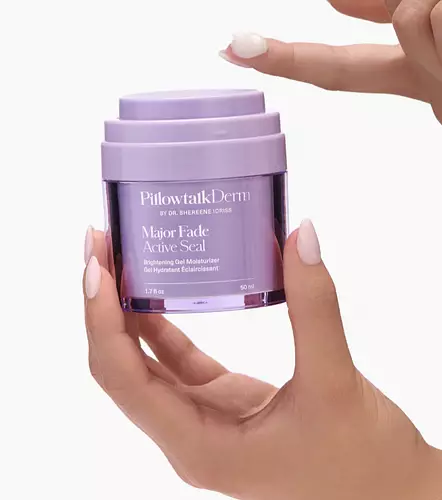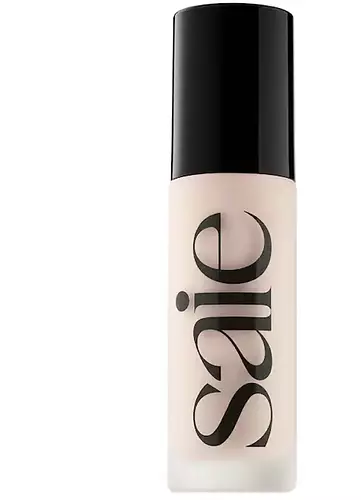Updated on July 18, 2023
Overview
What they are
These products are both cruelty-free general moisturizers. They have a total of 3 ingredients in common
Suited For
They're both likely to be good for sensitive skin and scar healing
Free From
They both do not contain any harsh alcohols, parabens or sulfates
We independently verify ingredients, and our claims are backed by peer-reviewed research. Spot a product that needs an update? Let us know.
Ingredient Info
BYOMA Moisturizing Gel-Cream 23 ingredients
Dermalogica Skin Smoothing Cream 41 ingredients
At a glance
Click on any of the items below to learn more
BYOMA Moisturizing Gel-Cream 23 ingredients
Dermalogica Skin Smoothing Cream 41 ingredients
Notable Ingredients
This product contains 1 ingredient that may have this attribute:
This product contains 1 ingredient that may have this attribute:
This product contains 1 ingredient that may have this attribute:
Benefits
This product contains 3 ingredients that may have this attribute:
This product contains 1 ingredient that may have this attribute:
This product contains 4 ingredients that may have this attribute:
This product contains 3 ingredients that may have this attribute:
This product contains 1 ingredient that may have this attribute:
This product contains 3 ingredients that may have this attribute:
This product contains 3 ingredients that may have this attribute:
This product contains 2 ingredients that may have this attribute:
This product contains 1 ingredient that may have this attribute:
This product contains 2 ingredients that may have this attribute:
This product contains 3 ingredients that may have this attribute:
Concerns
This product contains 3 ingredients that may have this attribute:
This product contains 2 ingredients that may have this attribute:
This product contains 1 ingredient that may have this attribute:
This product contains 1 ingredient that may have this attribute:
This product contains 1 ingredient that may have this attribute:
Notable Ingredients
This product contains 1 ingredient that may have this attribute:
This product contains 1 ingredient that may have this attribute:
Benefits
This product contains 1 ingredient that may have this attribute:
This product contains 1 ingredient that may have this attribute:
Concerns
This product contains 2 ingredients that may have this attribute:
Ingredients Side-by-side
Ingredients Explained
These ingredients are found in both products.
Ingredients higher up in an ingredient list are typically present in a larger amount.
Water. It's the most common cosmetic ingredient of all. You'll usually see it at the top of ingredient lists, meaning that it makes up the largest part of the product.
So why is it so popular? Water most often acts as a solvent - this means that it helps dissolve other ingredients into the formulation.
You'll also recognize water as that liquid we all need to stay alive. If you see this, drink a glass of water. Stay hydrated!
Learn more about WaterCaprylic/Capric Triglyceride is an emollient, solvent, and texture enhancer. It is considered a skin-softener by helping the skin prevent moisture loss.
Within a product, Caprylic Triglyceride can thicken the product and make spreadability easier by dissolving clumping compounds. An added benefit of Caprylic Triglyceride is its antioxidant properties.
Caprylic Triglyceride is made by combining glycerin with coconut oil, forming a clear liquid. Caprylic Triglyceride has not been found to be toxic for human use in concentrations under 50%.
While there is an assumption Caprylic Triglyceride can clog pores due to it being derived from coconut oil, there is no research supporting this.
Learn more about Caprylic/Capric TriglyceridePanthenol is a common ingredient that helps hydrate and soothe the skin. It can be found naturally in our skin and hair.
This ingredient is also referred to as pro-vitamin B5 or dexpanthenol in dermatology.
Panthenol is famous due to its ability to go deeper into the skin's layers. Using this ingredient has numerous pros (and no cons):
Like hyaluronic acid, panthenol is a humectant. Humectants are able to bind and hold large amounts of water to keep skin hydrated.
Once oxidized, panthenol converts to pantothenic acid. Panthothenic acid is found in all living cells.
Learn more about PanthenolIngredient Ratings
Here's what our community thinks of the ingredients in these two products.
When to use
BYOMA Moisturizing Gel-Cream 23 ingredients
Dermalogica Skin Smoothing Cream 41 ingredients


Reviews
Here's what our community thinks
BYOMA Moisturizing Gel-Cream 23 ingredients
Kelsey I
Was my holy grail for about a year, I only stopped using it because I needed something a bit more hydrating (destroyed my skin barrier with benzoyl...
Was my holy grail for about a year, I only stopped using it because I needed something a bit more hydrating (destroyed my skin barrier with benzoyl peroxide lol). If you have dry skin I’d definitely say get a thicker moisturizer than this one. if you have normal/combination skin this is the perfect moisturizer
YousifShamoon
never mind
i liked the product at first but then i lost my patience over time with how annoying the pump is. at this point getting the product out...
never mind
i liked the product at first but then i lost my patience over time with how annoying the pump is. at this point getting the product out makes my routine twice as long. also i think the oleic acid and cetearyl alcohol broke me out. i would not risk it if you have acne prone skin
